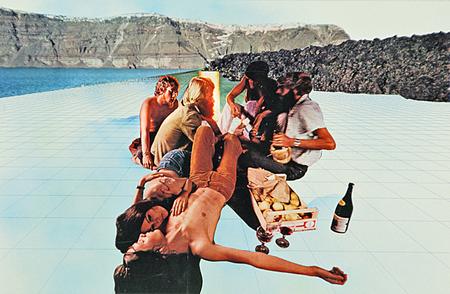Du är inte inloggad på KTH så innehållet är inte anpassat efter dina val.

AD241V: Architecture and Gender: Images of Desire
Helen Runting and Rutger Sjögrim
Architecture’s relation to the image has shifted radically in recent years. This is less to do with the technological development of rendering and image-production software, and rather more to do with wide-scale shifts in the role of architecture and of architects in the production of the built environment under late capitalism. The shifting relation between the field of architecture and practices of image production requires critical interrogation.
Under present modes of “distributed,” “cognitive,” “neoliberal,” or “late” capitalism, housing has become a real-estate infrastructure and a spatial product that is largely regulated by the internal procurement protocols of large-scale construction firms and the desire-inducing strategies of marketing agencies. Much of the traditional graphic communication associated with architectural labor has been turned into marketing material: plans are reproduced in coffee-table books, photographs of architects at work are used in advertisements. The rendered image of a building now actively manages both the design process and occupancy: as the primary product sold to the consumer buying “off the plan,” space is experienced an image, before and even after occupancy, as residents scramble to bring gentrified fictions to life via their daily routines and presentation of self.
The increasing importance of the image has enormous ethical, practical and political implications for the architectural discipline. The theoretical lenses of feminist scholarship and critical theory are useful in understanding this shift, and as such, we will look at previous work which has demonstrated the power of the gaze; explored the links between subjectivity, sexuality and space; theorized “desire” in a host of ways; and exposed the power of performative repetition in reproducing societal norms, inscribed upon gendered bodies. We will use image-making workshops to together explore the production of (architectural) visualizations, engaging critically and projectively with the question:
What is a norm-critical image?